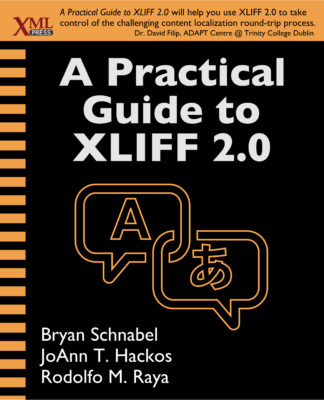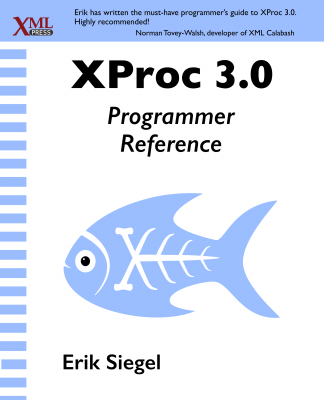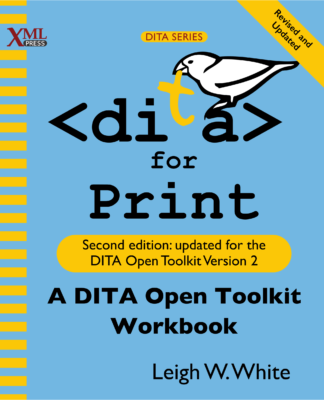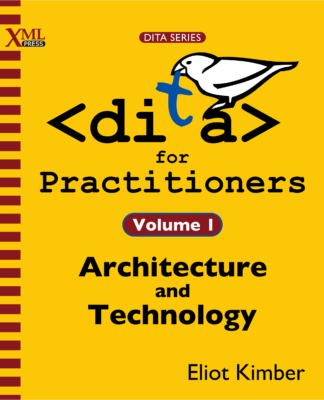Description
Schematron is a validation language that checks XML documents against business rules. It extends the validation provided by languages such as Document Type Definitions (DTD), W3C XML Schema, and RELAX NG, giving you the ability to check your XML documents for compliance with rules that can be difficult, if not impossible, to check with the other validation languages.
Schematron: A language for validating XML is aimed at programmers and others who process XML. It explains the language in detail along with many examples. Anyone who uses Schematron or who would like to begin using it will find a wealth of information in this book.






Reviews
There are no reviews yet.